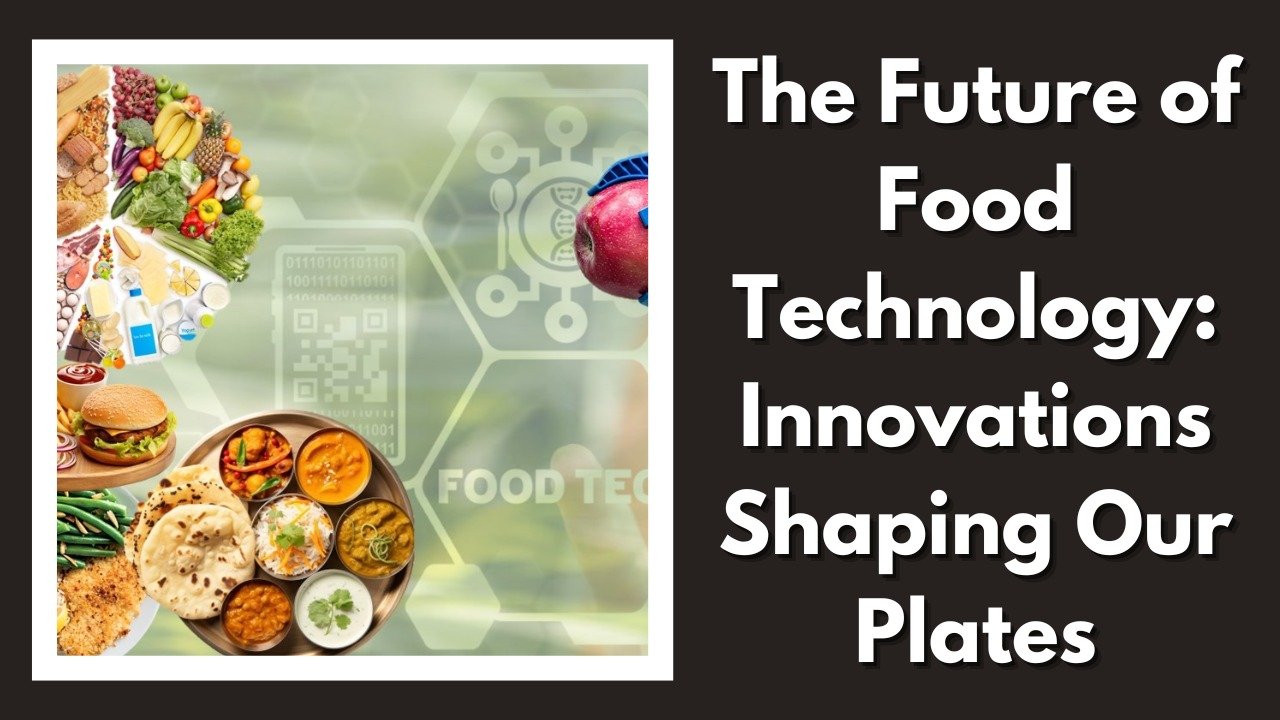
Introduction
Food technology is at the forefront of revolutionizing how we produce, process, and consume food. As the global population continues to grow, the demand for sustainable and nutritious food options has never been higher. In this blog, we will explore the latest innovations in food technology, their implications for the industry, and how they can contribute to a more sustainable future.
What is Food Technology?
Food technology is the application of food science to the selection, preservation, processing, packaging, distribution, and use of safe food. This interdisciplinary field combines various sciences, including biology, chemistry, and engineering, to improve food products and processes.
Key Areas of Food Technology
- Food Processing: Techniques that extend the shelf life of food while retaining its nutritional value.
- Food Safety: Innovations that ensure food is safe for consumption, such as improved detection methods for pathogens.
- Sustainable Practices: Methods aimed at reducing waste and minimizing environmental impact.
- Food Packaging: Developments in packaging that enhance shelf life and reduce food waste.
- Nutrition Enhancement: Fortifying food products with vitamins and minerals to improve health outcomes.
Current Trends in Food Technology
1. Plant-Based Alternatives
The rise of plant-based diets has led to a surge in the development of meat alternatives. Companies like Beyond Meat and Impossible Foods have created products that mimic the taste and texture of meat using plant-derived ingredients. This innovation is not only appealing to vegans and vegetarians but also to meat-eaters looking to reduce their consumption of animal products.
2. Cellular Agriculture
Cellular agriculture is an emerging field that involves producing animal products from cell cultures instead of raising and slaughtering animals. This technology aims to reduce the environmental footprint associated with livestock farming while providing a sustainable source of protein.
3. Food Waste Reduction
Innovative technologies are being developed to minimize food waste at all stages of the food supply chain. For instance, apps that connect consumers with local businesses to purchase surplus food at discounted prices have gained popularity. Additionally, smart packaging solutions can indicate the freshness of food, helping consumers make better purchasing decisions.
4. Smart Agriculture
Technology is also transforming agriculture through precision farming techniques. Drones, sensors, and AI are being used to monitor crop health, optimize irrigation, and manage pest control. This data-driven approach enhances yield and reduces resource waste.
The Role of Technology in Food Safety
Food safety is paramount in the food industry, and technology plays a crucial role in ensuring that food products are safe for consumption. Advances in traceability systems, such as blockchain technology, enable companies to track food products from farm to table, ensuring transparency and accountability in the food supply chain.
Importance of Food Safety Technology
- Pathogen Detection: Rapid testing methods help identify harmful bacteria and viruses in food products.
- Traceability: Blockchain technology provides a secure and transparent way to trace food products back to their source.
- Quality Control: IoT devices can monitor temperature and humidity levels during storage and transportation, reducing spoilage.
Nutritional Innovations in Food Technology
Food technology is also focused on enhancing the nutritional quality of food products. With rising health consciousness among consumers, food scientists are working on fortifying foods with essential nutrients.
Common Nutritional Enhancements
| Nutrient | Food Sources | Health Benefits |
|---|---|---|
| Vitamin D | Fortified dairy products | Supports bone health |
| Omega-3 Fatty Acids | Fortified eggs, algae-based foods | Promotes heart health |
| Iron | Fortified cereals | Prevents anemia |
| Probiotics | Fermented foods | Improves gut health |
Future Challenges and Opportunities
While the advancements in food technology present numerous opportunities, they also pose challenges that must be addressed:
1. Consumer Acceptance
Innovations such as lab-grown meat and genetically modified organisms (GMOs) often face skepticism from consumers. Educating the public about the safety and benefits of these technologies is essential for widespread acceptance.
2. Regulatory Hurdles
The food industry is highly regulated, and navigating the regulatory landscape can be challenging for new technologies. Collaboration between industry stakeholders and regulatory bodies is necessary to ensure that innovations can be brought to market safely and efficiently.
3. Sustainability
As food technology evolves, the industry must prioritize sustainability. This includes not only reducing the environmental impact of food production but also ensuring that innovations are accessible and affordable for all consumers.









